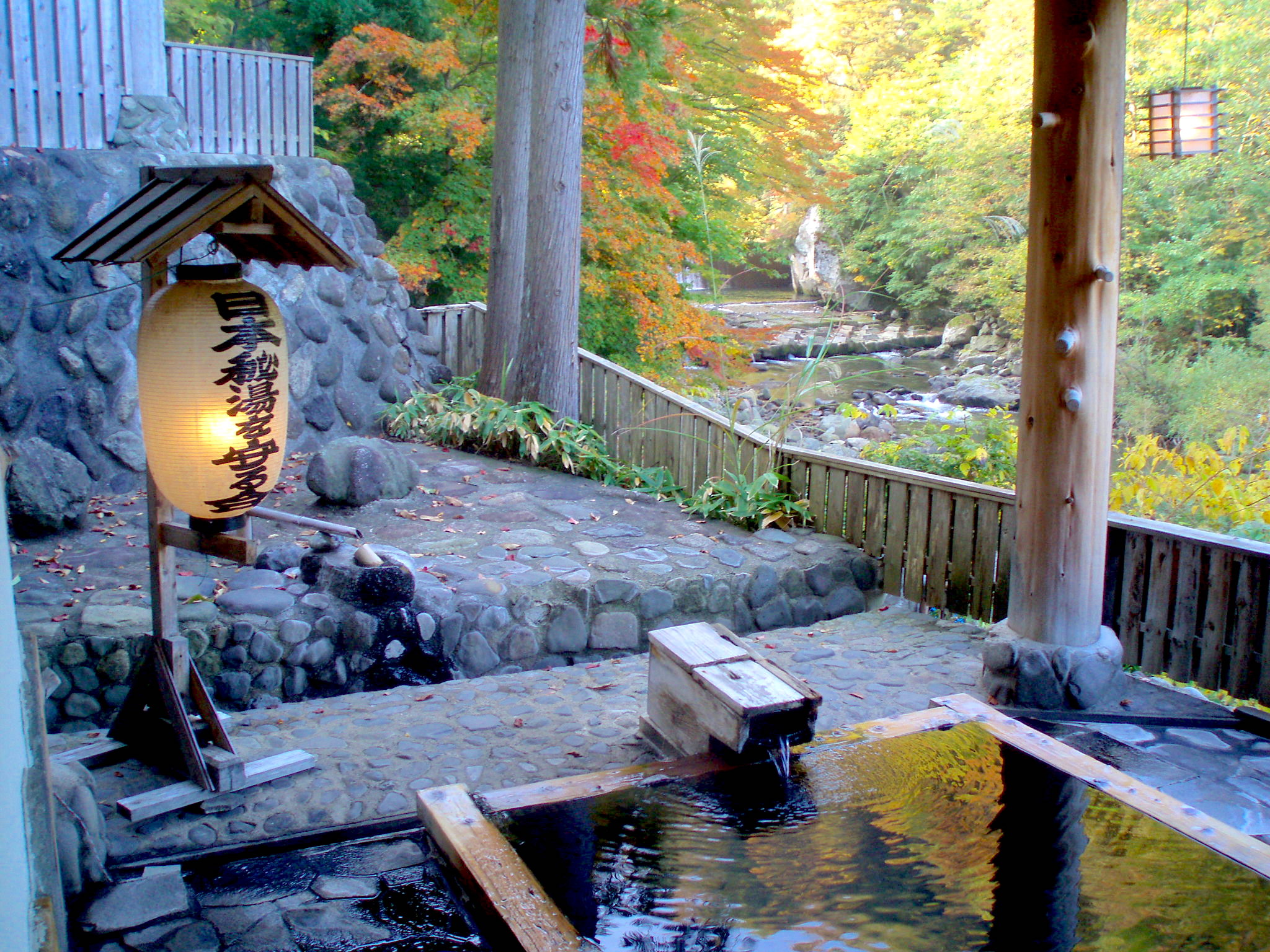Search by Category:
If you are planning a visit to Japan and wish to experience one of the heights of Japanese luxury and culture, including a trip to an onsen is highly recommended. Onsen (温泉) are naturally-occurring hot springs that are found throughout the island nation. Onsen are an incredibly relaxing way to enjoy one of Japan’s oldest and most popular traditions.
So you've decided to take part in a formal Japanese dinner, maybe at a tea house.Today's topic is probably the most important for our readers making plans to go to Japan: How to prepare for and participate in a geisha dinner. What should you wear? What will happen during the dinner? What interactions can you expect?
Previously, we talked about how to visit shrines and temples in Japan. This time, we are going to introduce how these sanctuaries give brief yet vivid glimpses into the everyday lives of the priests and monks who live there. Visiting a shrine or temple is a chance to experience a spiritually strengthening and cleansing practice unique to Japan.
When you arrive at the main area of the shrine or temple, what should you do? Perhaps drop a coin in the donation box? Then clap your hands and bow? Today's blog post will give you an introduction to Japanese shrines and temples so that the next time you visit, you'll know just what to do.
Do you remember making your first paper airplane or paper crane? Although commonly known in Japan today as a childhood pastime, origami (折り紙) has evolved into a major medium for artistic expression, with leading artists transforming simple geometric shapes into awe-inspiring imaginative forms.
There is something really exciting about taking a shapeless substance and transforming it into something unique, dynamic and brilliant. Perhaps this explains why, for thousands of years, extremely skilled and inspiring Japanese artisans have been transforming clay and other natural substances into extraordinary works of art.
Pleasure was serious business in 18th century Japan. It was so serious that even an expression was created to reflect its growing significance at the height of the Edo period (1615-1868). Ukiyo (“the floating world”) describes the hedonistic tastes and pleasure-seeking ambitions of the rising merchant class (chonin) in Edo (modern day Tokyo) and Kyoto.
This winter season in Japan welcomes a rare experience of traditional holiday events, food, and unique Japanese holiday cheer. Japan’s winter skies are crisp with sunny weather, making it the perfect time for sightseeing and taking breathtaking photos.
Naoshima 直島, a small island located in Setonaikai (a Japanese inland sea bordering 10 prefectures and containing numerous small islands), is only a ferry ride away from Hiroshima. After receiving many questions and requests for information regarding the island from our guests interested in art and design, we decided that a post should be dedicated to Naoshima.
Autumn is arguably the best time to be in Japan.For many people in Japan, autumn marks the end of hectic summer vacations, signaling a transition to a season filled with delicious food, gorgeous scenery, and a flourishing of the arts.
The art of bonsai has existed for well over a thousand years. In China, the art of creating miniature landscapes, called penjing, has mythological origins dating back to as early as the 3rd century AD. The process of growing miniature trees from source specimens is thought to have begun in Japan in the 7th century AD when Japanese Buddhists returning from China brought source plantings back with them.
The traditional Japanese wedding (Shinto wedding, also referred to as the shinzen shiki wedding) actually originated from the wedding ceremony of the Taisho Emperor more than a century ago. Ever since, the style of wedding has been adopted even by commoners, and became the “traditional Japanese wedding” that we know of today.













